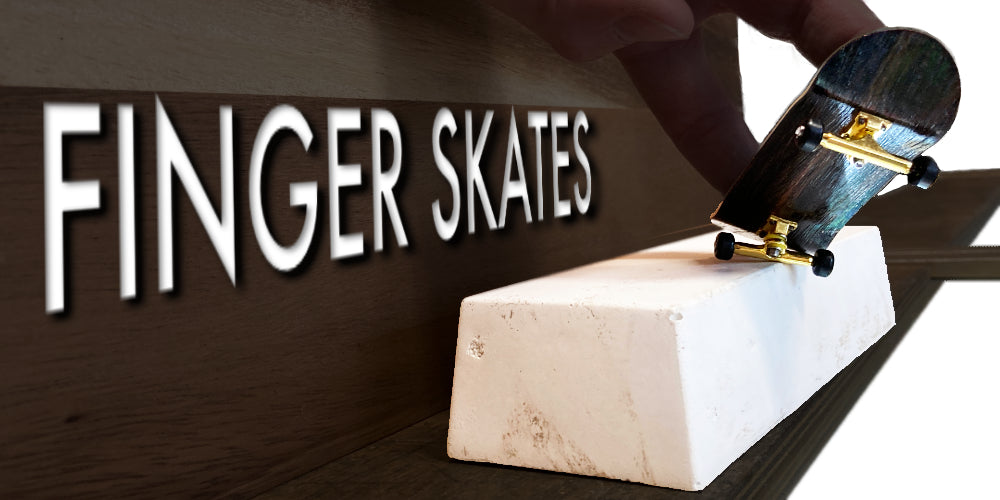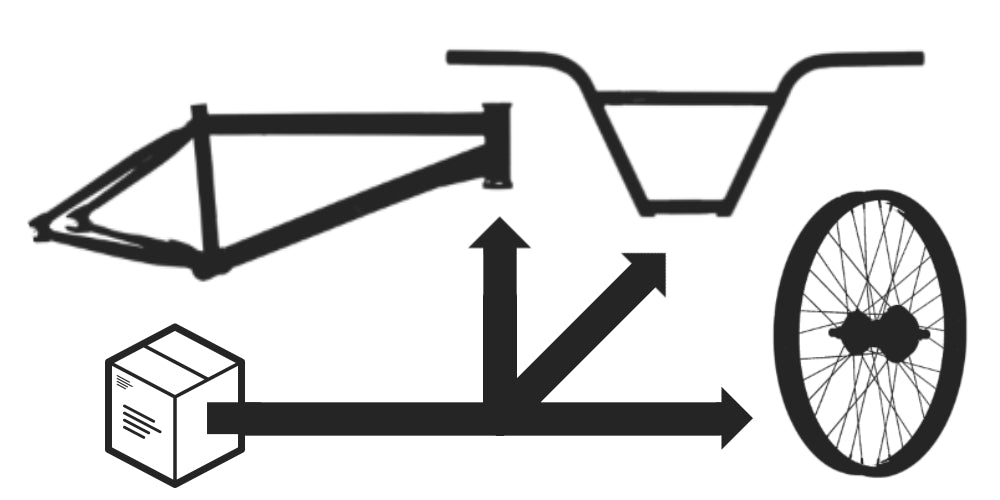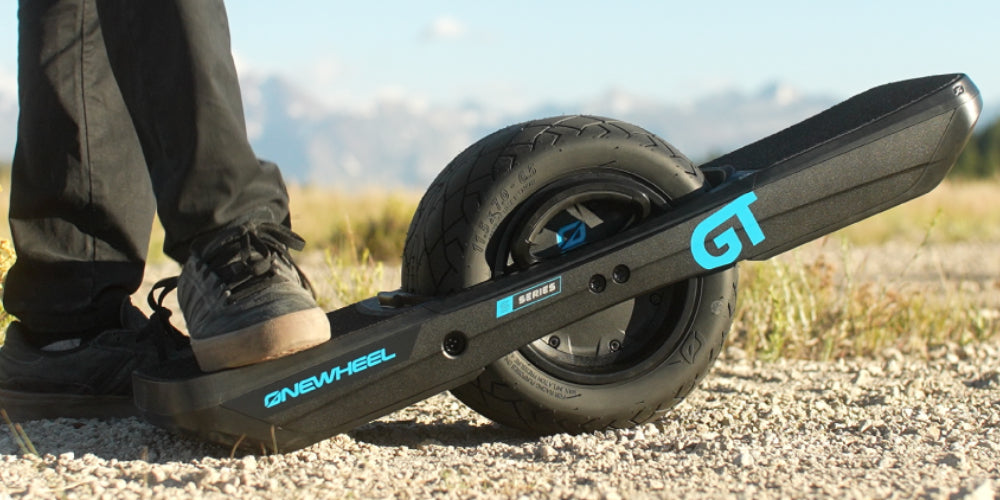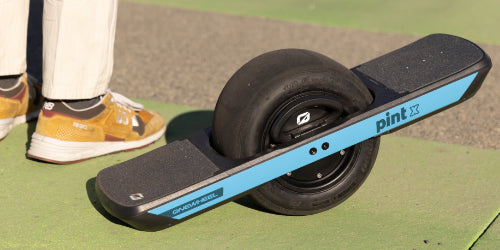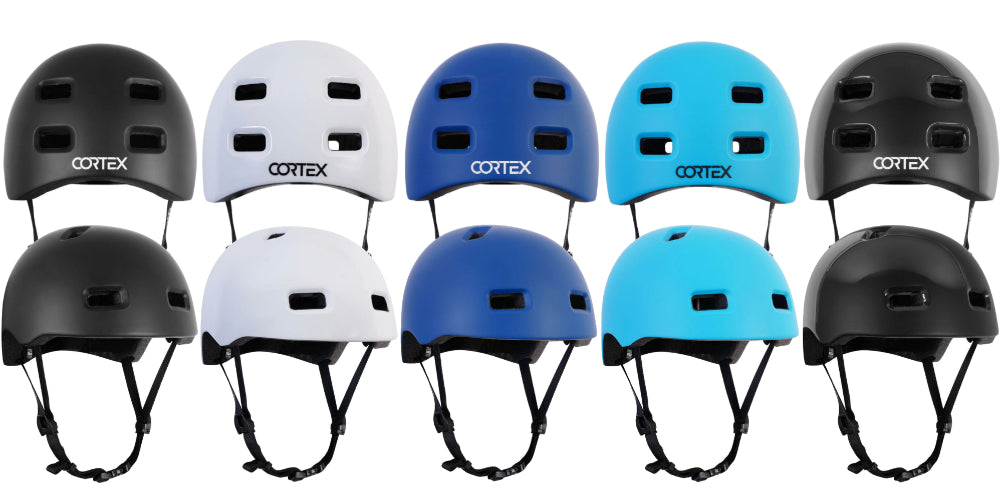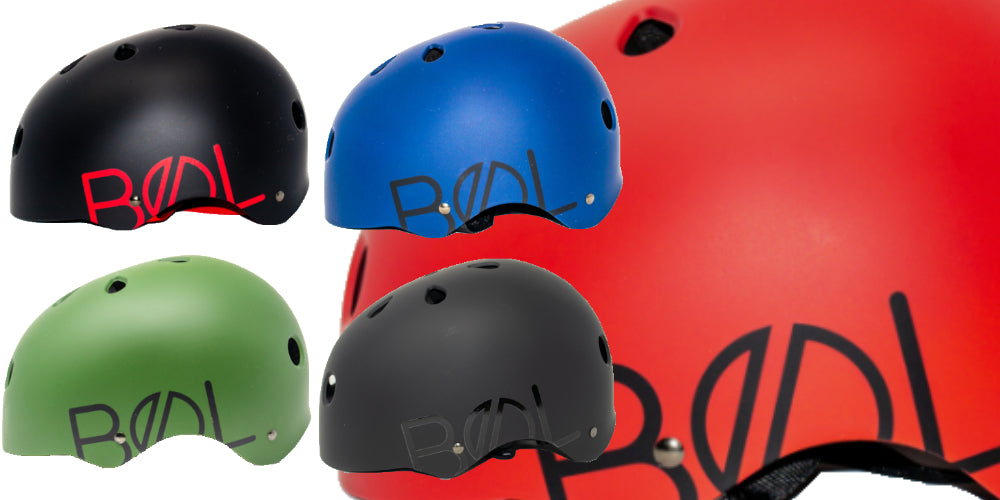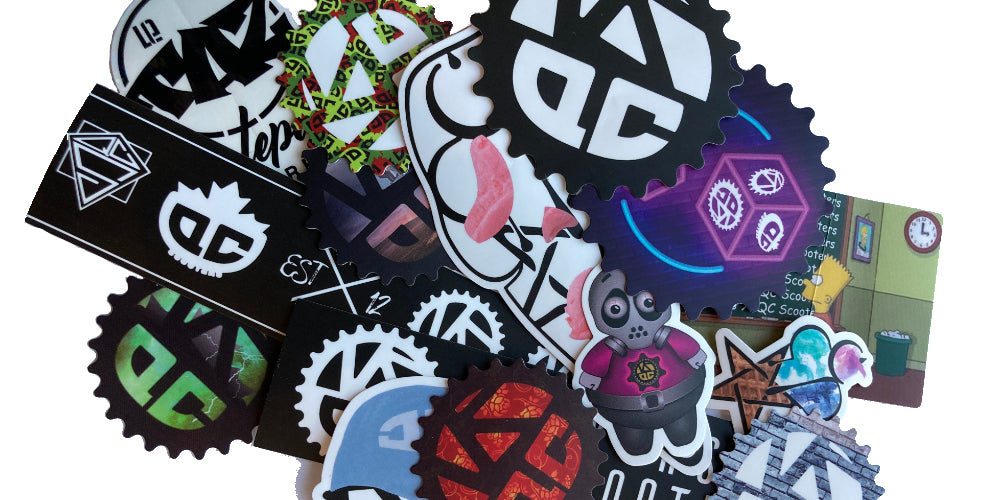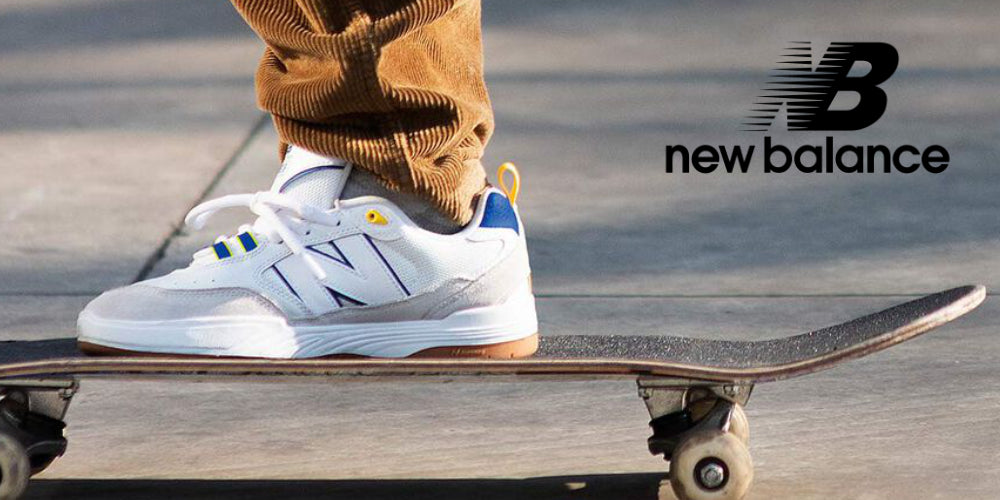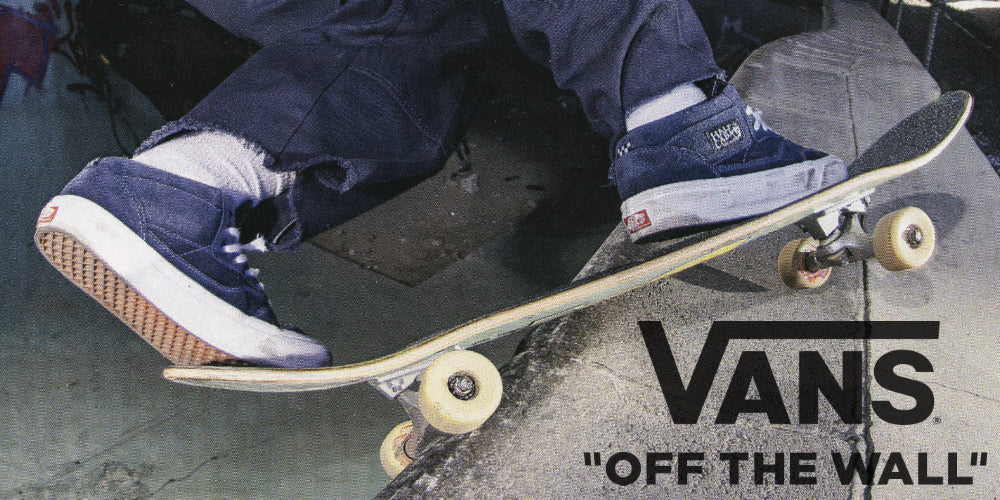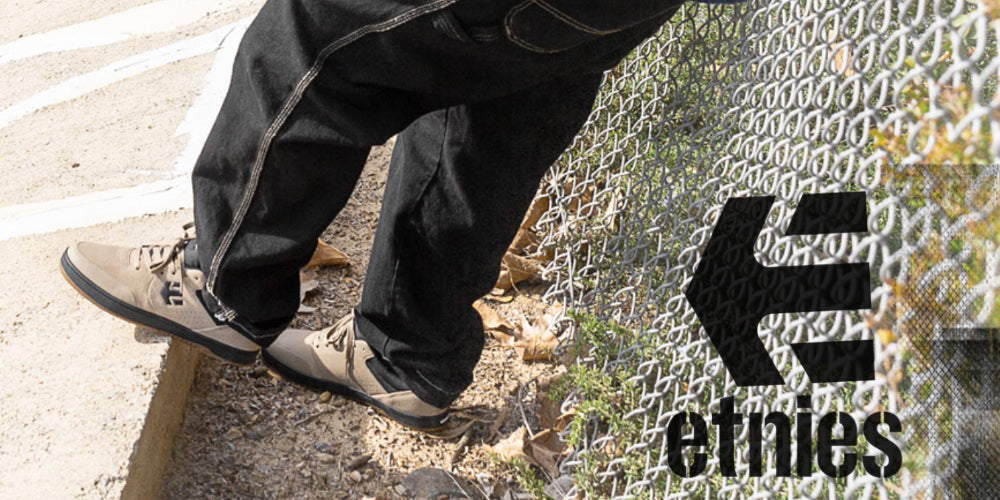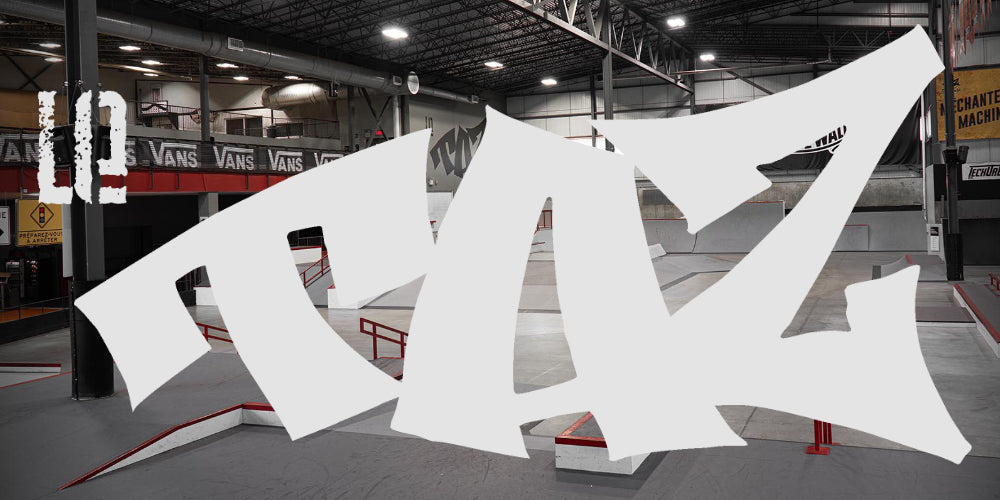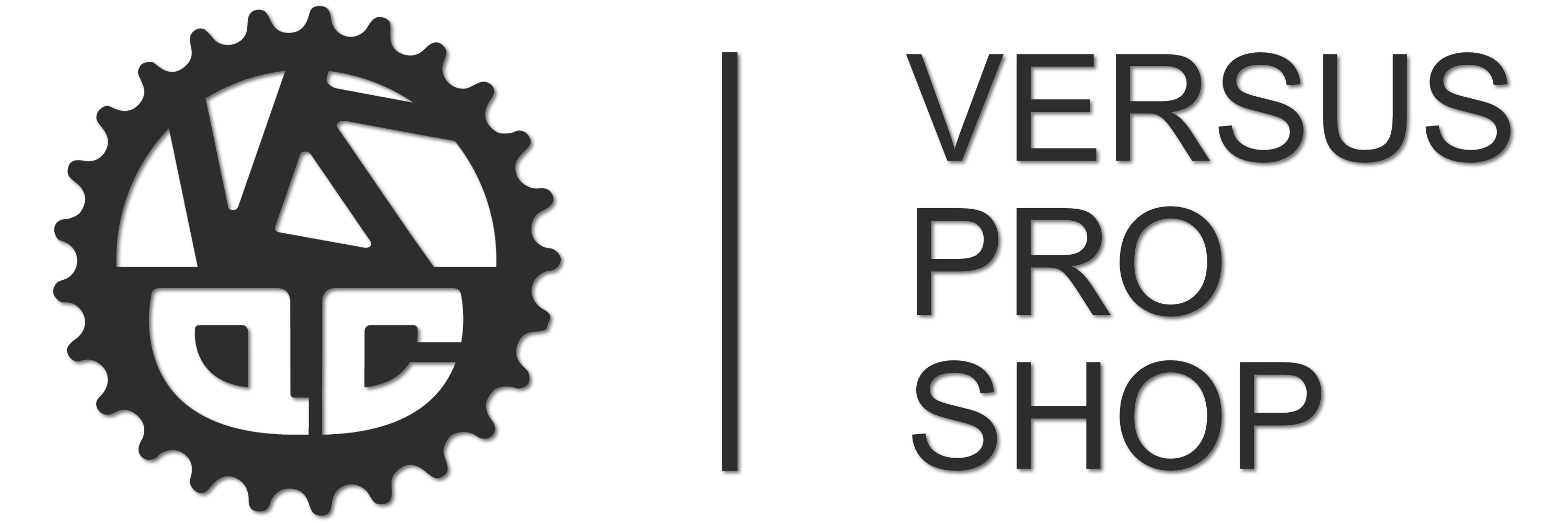Buyers Guide For Scooter Decks
Decks are usually classified in 3 categories: Park, Street and Hybrid. For a clearer understanding, we will explain those categories. That said, we don't love these terms them since they leave a lot open to interpretations and can cause confusion. We prefer just classifying them as angle decks (cut at an angle in the back) and boxed decks (square finish at the end). We will go over this further down.
Park
Park decks are smaller and aim to be lighter to help the maneuverability of the scooter. The lighter and smaller it is, the easier it is to do tailwhips ;). Although lighter usually means weaker, companies are getting better and better at shaving weight where it limits the downfall in strength. Still, even if it is a bit weaker, park riding give less stress on the scooter because you usually land in a landing or transition that soften the shock, as compared to street riding where you land flat to often.
Park decks mostly comes with the angle cut at end of the deck. It helps save weight, even if the lighter deck on the market, the Aztek Hydra (park one to), is boxed. So, is it a park deck or a hybrid deck then? Debate is ON!
Street
Street decks are bigger and heavier the park decks. Obviously, if you go bigger, you have more material, so it gets heavier. But the important part of the street deck is the size. You want to go big to have a more stable set-up to help with grinds since you slide on the deck.
Street decks will all finish with a square end (or boxed), although big angle decks with pegs are still popular in Europe. You need either the boxed ends or pegs to solidify the end of the deck against bending the aluminum. Also, flat bottom decks are getting more and more popular those days because they give even more control with grinds.
Hybrid
Hybrid decks are meant to be an in between deck. Basically, a boxed deck, not too big and not to heavy. And that’s partly where reside my problem with classifying them that way. A lot of decks nowadays are going to come in different sizes, so you could have a deck in multiple / all categories. Exemples:
. Tilt Stage One decks in small is smaller than the Aztek Hydra larger size.
. A Lucky Prospect Cody Flom is as light as a Aztek Lucid
. Who rides a Ethic DTC Lindworm angled deck for park riding?
So where do we stand?
Compatibility
Assuming that all the after-market decks are coming with integrated headsets (because all the good ones do), every deck will be able to fit on your fork set-up, although some exceptions could appear. You just need to confirm that you have the right sizes of wheels to fit on and for the ones riding SCS, you might need to adjust your fitting with headset spacers.
Installation
Then again, assuming all the after-market decks are now coming with integrated headset, since the bearings comes directly in the deck, you just have to put them in. We recommend greasing everything with thick grease to avoid any frictions. You could take apart the brake to help with the griptape installation and that’s pretty much it!
Unclassified information
Foot Space
The foot space is the usable space on the deck located in between the neck and the brake. A longer deck could have a bigger neck and brake set-up that would limit you to a smaller size foot space


